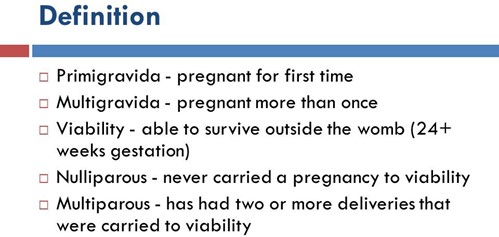The nurse is caring for a client who reports a sudden, severe headache, and facial numbness.The nurse asks the client to smile and observes an uneven smile with a facial droop to the right side and a hand grasp strength that is weaker on the right than the left. The client denies a recent history of headaches or trauma. After obtaining vital signs, the nurse should implement which intervention?
Place an indwelling urinary catheter and measure strict intake and output.
Maintain elevated positioning of the dependent joints on affected side.
Raise the head of the bed to 30 degrees keep head and neck in neutral alignment.
Determine when symptoms began and if improved or worsened since onset.
The Correct Answer is D
A) Incorrect- While monitoring urinary output is important for overall assessment, it is not the most critical intervention in this situation of suspected stroke. The client's neurological symptoms take precedence.
B) Incorrect- Positioning might be relevant to preventing complications, but it is not the highest priority intervention in this situation. The focus should be on assessing the client's neurological status and determining appropriate intervention.
C) Incorrect- Although head positioning is relevant for intracranial pressure management, it is not the immediate priority. The nurse should first assess the time of symptom onset and determine if the client is experiencing an acute stroke.
D) Correct- The client's symptoms, including sudden severe headache, facial numbness, facial droop, and weakness on one side, are suggestive of a stroke. The nurse should prioritize assessing the time of symptom onset, as time is a crucial factor in determining the appropriate intervention. Rapid intervention can improve outcomes in stroke cases, especially when considering interventions like thrombolytic therapy. The other options are not as directly relevant to the immediate management of a suspected stroke.
Nursing Test Bank
Naxlex Comprehensive Predictor Exams
Related Questions
Correct Answer is A
Explanation
When a primigravida client confides in the practical nurse (PN) about being in an abusive relationship, the primary concern is the safety and well-being of the client and her unborn child. Providing contact information for a women's shelter is the most appropriate response in this situation. Women's shelters provide a safe haven for individuals experiencing domestic violence and can offer immediate assistance, including shelter, counseling, legal support, and other resources.
Let's evaluate why the other options are incorrect:
B. Safety plan to keep in a purse at all times:
While a safety plan is essential for individuals experiencing domestic violence, providing a safety plan alone may not address the immediate danger the client is facing. It is crucial to prioritize the client's safety by connecting her with a women's shelter where she can receive comprehensive support.
C. Visit summary documenting the report of abuse:
While it is important to document any reports of abuse, providing a visit summary alone does not address the urgent need for the client's safety. Documentation can be helpful for future reference, but immediate action should be taken to ensure the client's well-being.
D. Paperwork needed to file a restraining order:
Filing a restraining order is a legal step that may be necessary in cases of domestic violence, but it should be pursued after ensuring the client's immediate safety. Providing paperwork alone does not address the client's immediate need for a safe environment. Connecting the client with a women's shelter is a more appropriate course of action to ensure her safety and well-being.

Correct Answer is C
Explanation
A) Incorrect- Pupillary response is not relevant to the assessment of mesalamine's effectiveness.
Pupillary response is often assessed in neurological or ophthalmic evaluations and is not a direct measure of gastrointestinal function or the response to mesalamine therapy.
B) Incorrect- Peripheral pulses are not directly affected by mesalamine therapy, and monitoring them would not provide insight into the medication's effectiveness. Peripheral pulses are typically assessed to evaluate circulatory status and are not specific to the evaluation of gastrointestinal conditions.
C) Correct- Mesalamine is a medication commonly used to treat inflammatory bowel disease (IBD), such as Crohn's disease and ulcerative colitis. It helps to reduce inflammation in the gastrointestinal tract. Monitoring bowel patterns is important to assess the effectiveness of mesalamine in managing the symptoms of these conditions.
D) Incorrect- Oxygen saturation is a measure of the amount of oxygen in the blood and is used to assess respiratory function. While oxygen saturation is important for overall patient assessment, it is not directly related to mesalamine's effectiveness in treating inflammatory bowel disease.
Whether you are a student looking to ace your exams or a practicing nurse seeking to enhance your expertise , our nursing education contents will empower you with the confidence and competence to make a difference in the lives of patients and become a respected leader in the healthcare field.
Visit Naxlex, invest in your future and unlock endless possibilities with our unparalleled nursing education contents today
Report Wrong Answer on the Current Question
Do you disagree with the answer? If yes, what is your expected answer? Explain.
Kindly be descriptive with the issue you are facing.
